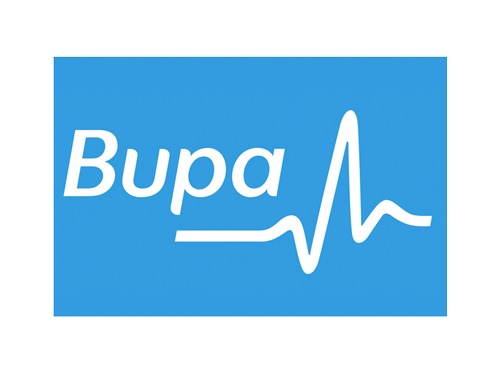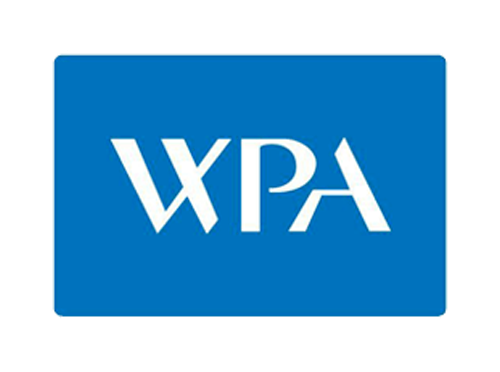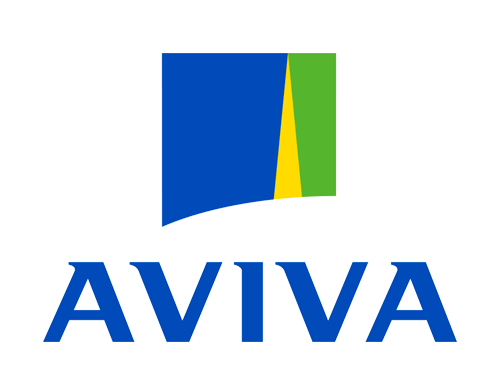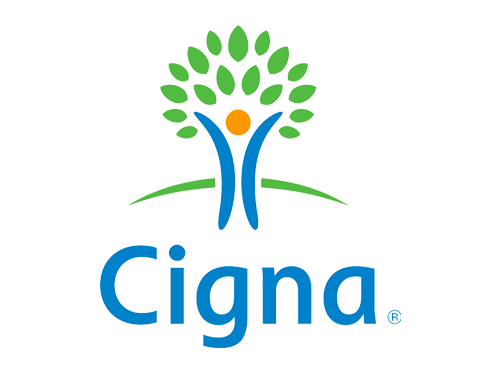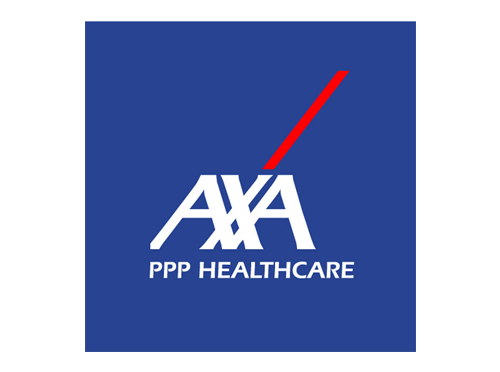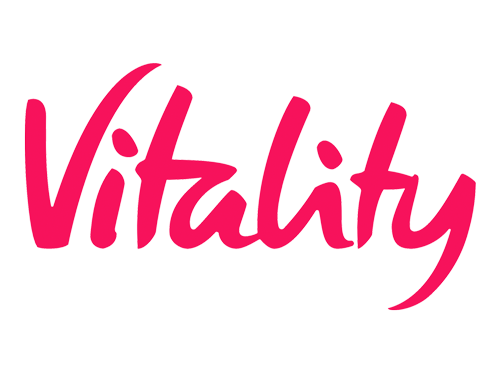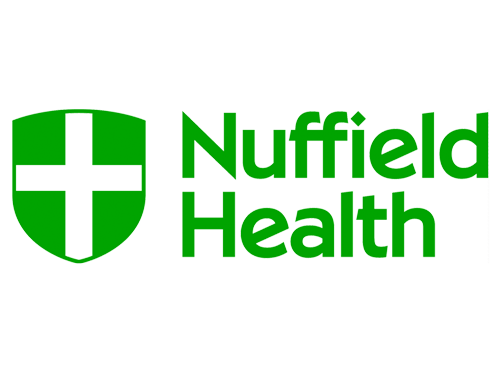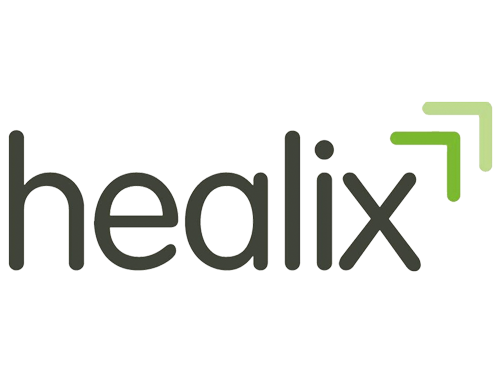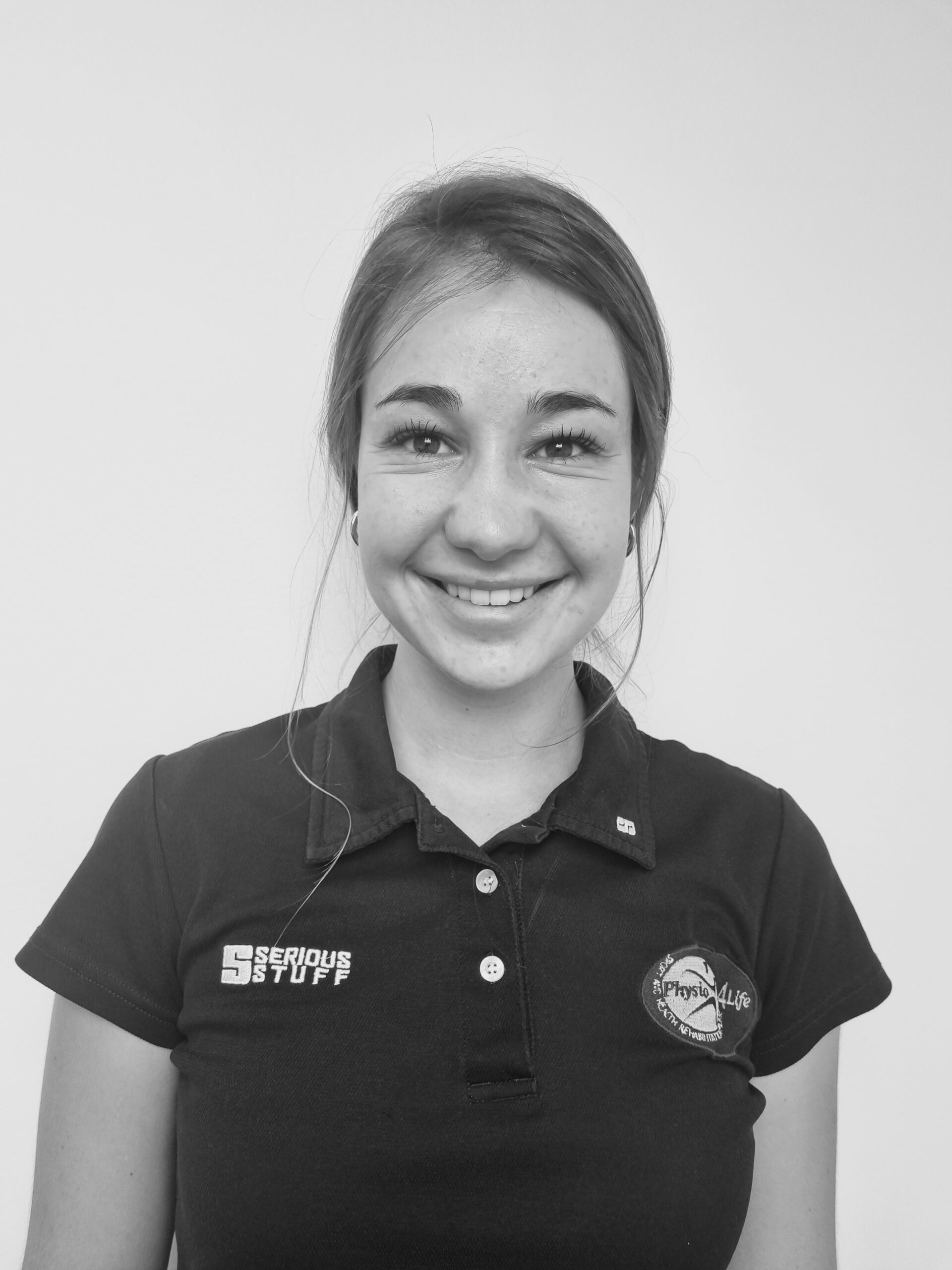Myofascial Release Putney: Techniques for Pain Relief and Increased Mobility
Myofascial release therapy is an increasingly popular treatment for individuals experiencing both acute and chronic pain. By targeting restrictions in the fascia, the connective tissue that supports and surrounds muscles, this therapy aims to relieve tension and enhance mobility. Many people in Putney are turning to myofascial release to effectively manage their pain and improve their overall well-being.
This manual therapy can be beneficial for athletes, those recovering from injuries, or anyone dealing with the discomfort of tight muscles. It often complements other forms of massage and therapeutic techniques, making it a versatile option for various needs. By understanding how myofascial release works, individuals can make informed choices about their treatment options.
In the vibrant community of Putney, several practitioners offer specialised myofascial release services. This accessibility presents an excellent opportunity for residents to explore the potential benefits of this proven therapy in addressing pain and enhancing their quality of life.

Benefits of Myofascial Release Therapy
Myofascial Release Therapy offers a range of benefits that can significantly improve an individual’s physical well-being. This therapy focuses on addressing the fascial system, which plays a critical role in pain and mobility issues. The following are key benefits of this therapy.
Alleviating Chronic Pain
Myofascial Release Therapy is particularly effective in alleviating chronic pain. This technique targets trigger points in the fascia, which often contribute to tension and discomfort. By applying sustained pressure and gentle stretching, tension is released, leading to a reduction in pain perception.
Patients often report relief from conditions such as fibromyalgia, migraines, and back pain. This therapy not only addresses the symptoms but also promotes healing by restoring normal function to the fascia. Many find that their pain levels decrease substantially after just a few sessions, contributing to an improved quality of life.
Improving Range of Motion
Another significant benefit of Myofascial Release Therapy is the improvement of the range of motion. Tight fascia can restrict movement, leading to stiffness and decreased flexibility. Through gentle manipulation, the therapy helps to release the tension in the fascia, allowing for greater mobility.
Individuals may notice enhanced movement in areas such as the hips, shoulders, and spine. This improvement can be particularly beneficial for athletes looking to enhance performance and prevent injuries. Patients often experience not just increased flexibility, but also greater ease in daily activities.
Enhancing Circulation
Myofascial Release also plays a role in enhancing circulation throughout the body. The gentle pressure applied during therapy encourages blood flow, which is essential for delivering nutrients and oxygen to tissues. This improved circulation aids in the healing process and can help alleviate symptoms related to poor blood flow.
As circulation improves, so too does the body’s ability to remove waste products. This can lead to reduced muscle soreness and quicker recovery times after exercise or injury. Increased circulation supports overall health, making Myofascial Release Therapy a valuable component in maintaining physical well-being.
Techniques and Approaches
Myofascial release therapy utilises various techniques and approaches to address fascial restrictions. Each method plays a specific role in relieving tension and promoting mobility, catering to individual needs.
Direct versus Indirect Techniques
Direct techniques involve applying sustained pressure to specific areas of the fascia. By targeting restrictions, this method aims to physically release tension points. Practitioners may use their hands or tools to create pressure that facilitates tissue relaxation.
Indirect techniques focus on easing restrictions without direct pressure. Instead, practitioners gently guide the fascia in the direction of least resistance. This approach can help release tension while minimising discomfort. Both techniques are effective and may be combined for optimal results, depending on the client’s specific condition and pain levels.
Soft Tissue Manipulation
Soft tissue manipulation encompasses techniques aimed at enhancing blood flow and relieving muscle tension. This method is essential for treating conditions where the fascia has become tight due to injury or overuse.
Types of soft tissue manipulation include kneading, stretching, and applying pressure to the muscle layers beneath the fascia. This helps to improve circulation, which can aid in healing and restoring mobility.
During sessions, the practitioner will primarily focus on the affected areas, ensuring a tailored approach to each individual’s needs. Employing soft tissue techniques can significantly enhance the effectiveness of myofascial release therapy.
Rebounding and Stretching
Rebounding and stretching are complementary techniques incorporated into myofascial release therapy. Rebounding involves gentle oscillation movements to stimulate the fascia and promote fluid movement. This method helps to reset the nervous system and encourages the release of trapped tension.
Stretching plays a crucial role in increasing flexibility and restoring normal function. Practitioners guide clients through stretches that focus on both the fascias and the underlying muscles.
These techniques not only enhance the effects of myofascial release but also empower clients to maintain their mobility outside of the therapy sessions. Incorporating rebounding and stretching into regular practice promotes long-term benefits for overall physical health.
Selecting a Qualified Practitioner
Choosing a qualified practitioner for myofascial release is crucial for effective treatment. Key considerations include assessing their qualifications and training, as well as reviewing client feedback.
Qualifications and Training
When evaluating a practitioner, their qualifications and training should be the top priority. Look for individuals who possess relevant certifications in myofascial release or manual therapy. Training from recognised institutions ensures they have a solid foundation in anatomy and techniques specific to fascia treatment.
A practitioner’s continuing education is also vital. This demonstrates a commitment to staying updated with the latest techniques and advancements in therapy. Additionally, inquire whether they have specialisations that could enhance your treatment, such as sports massage or physical therapy.
It can also be beneficial to check whether they are members of professional organisations, which often uphold strict ethical standards and ongoing education requirements.
Client Reviews and Testimonials
Client reviews and testimonials provide insight into a practitioner’s effectiveness and approach. Counters or online platforms showcasing reviews can offer valuable perspectives from previous clients. Look for comments related to the practitioner’s skill level, communication, and the success of treatment outcomes.
Consider the overall rating and read through both positive and critical feedback. This helps to paint a balanced picture. First-hand accounts can reveal whether the practitioner’s style aligns with your needs, whether you seek relief from pain, improved mobility, or a general sense of well-being.
Trusting the experiences of others can make a significant difference in making an informed decision when selecting a myofascial release specialist.
Aftercare and Self-Management
After undergoing myofascial release therapy, implementing effective aftercare and self-management techniques is essential for enhancing recovery and maintaining the benefits gained from the treatment. This involves engaging in specific exercises and scheduling follow-up sessions.
At-Home Myofascial Exercises
Incorporating at-home myofascial exercises can significantly support recovery. Techniques might include gentle stretching, foam rolling, and specific movements targeting areas previously treated.
Examples of At-Home Exercises:
- Foam Rolling: Using a foam roller on areas of tension can help release built-up fascia. Focus on tight spots, rolling slowly for 1-2 minutes.
- Gentle Stretching: Engage in stretches that target the areas treated. Hold each stretch for 30 seconds while breathing deeply to encourage relaxation.
- Hydration: Drinking plenty of water facilitates tissue regeneration and aids in flushing out toxins.
These exercises should be performed with caution. If discomfort increases, it’s important to adjust the intensity or consult a therapist.
Follow-Up Sessions
Scheduling follow-up sessions is crucial for continued progress. These appointments allow therapists to assess the effectiveness of the initial treatment and make necessary adjustments.
Benefits of Follow-Up Sessions:
- Assessment: Therapists can evaluate how the body has responded to treatment and identify any new areas of tension that may have arisen.
- Continued Guidance: They can provide further insights into self-care routines and modify at-home exercises based on individual needs.
- Emotional Support: Follow-up sessions also offer an opportunity to discuss emotional or physical concerns that may have surfaced post-treatment.
Regular follow-ups can enhance the treatment’s benefits and support long-term outcomes.
Massage Team

